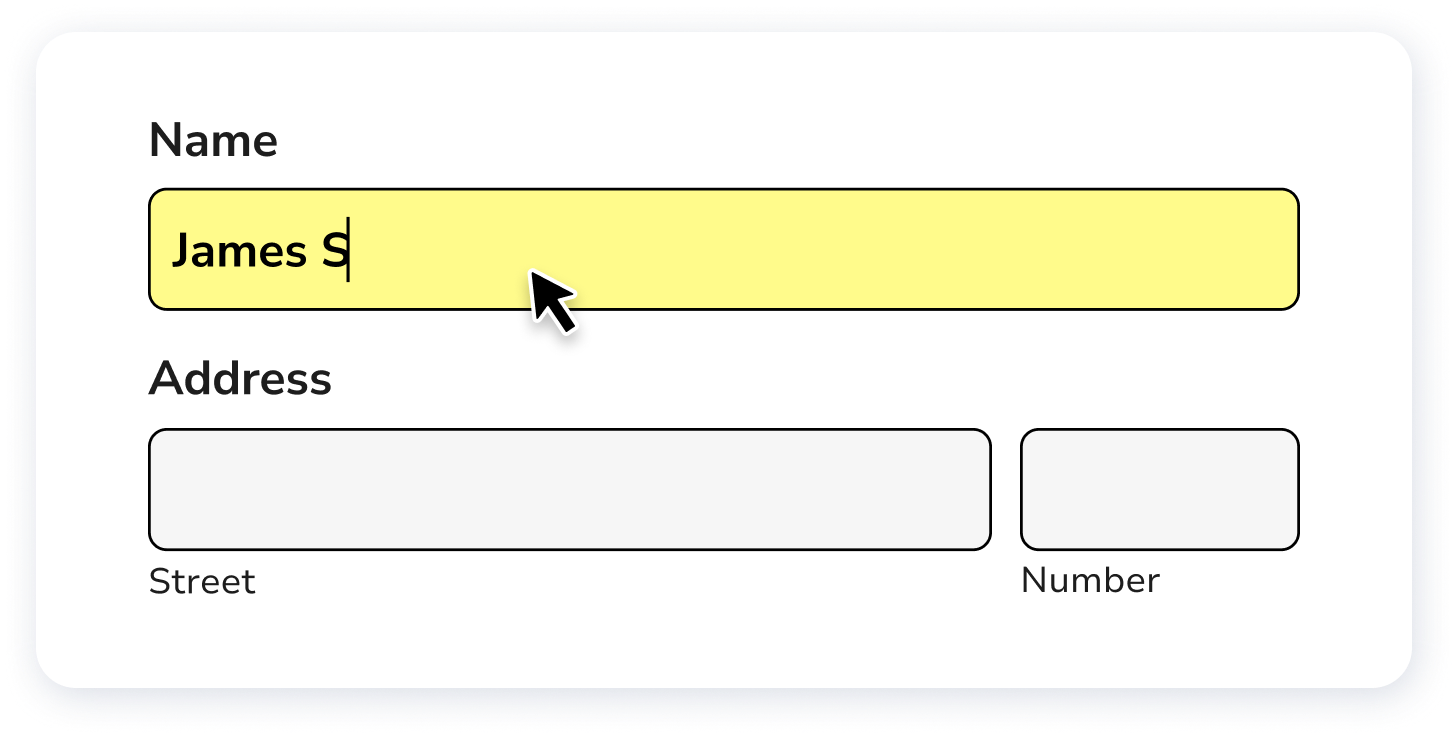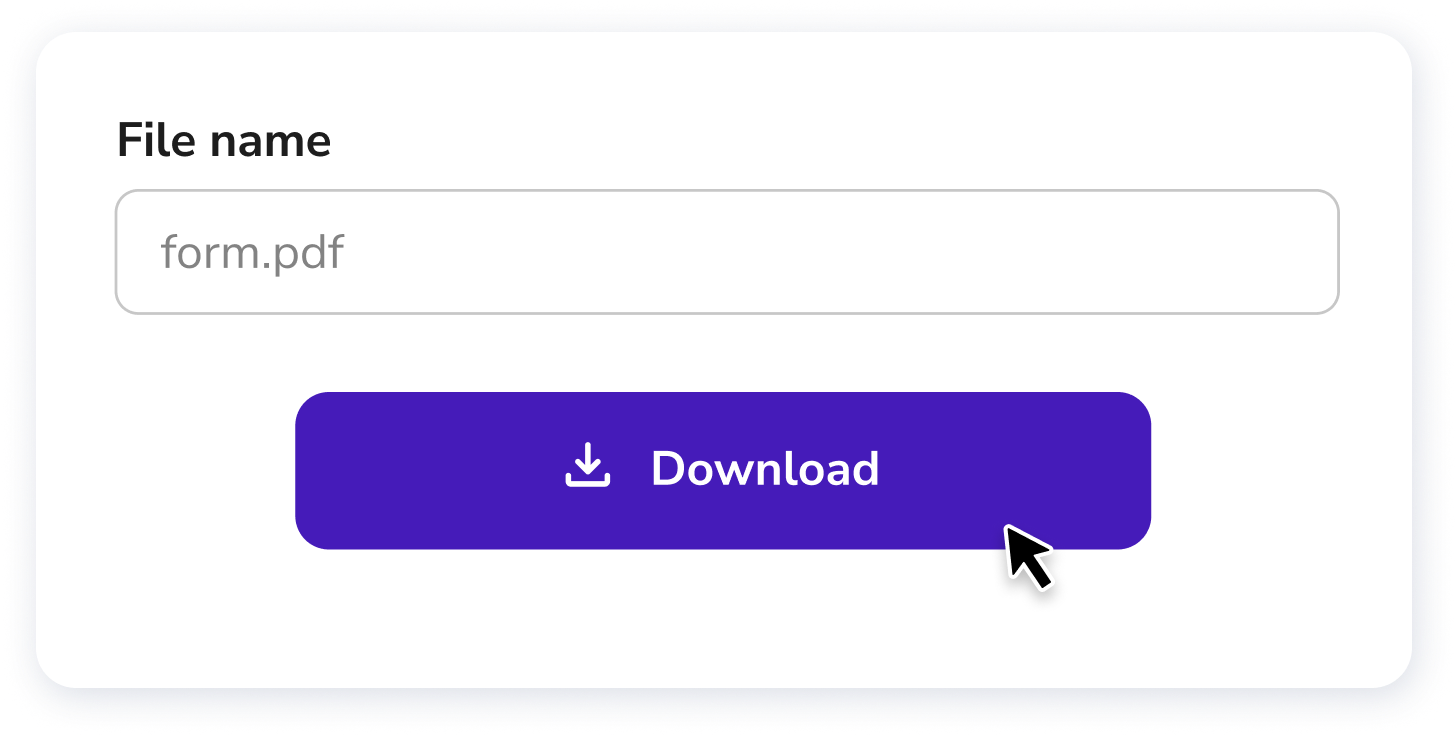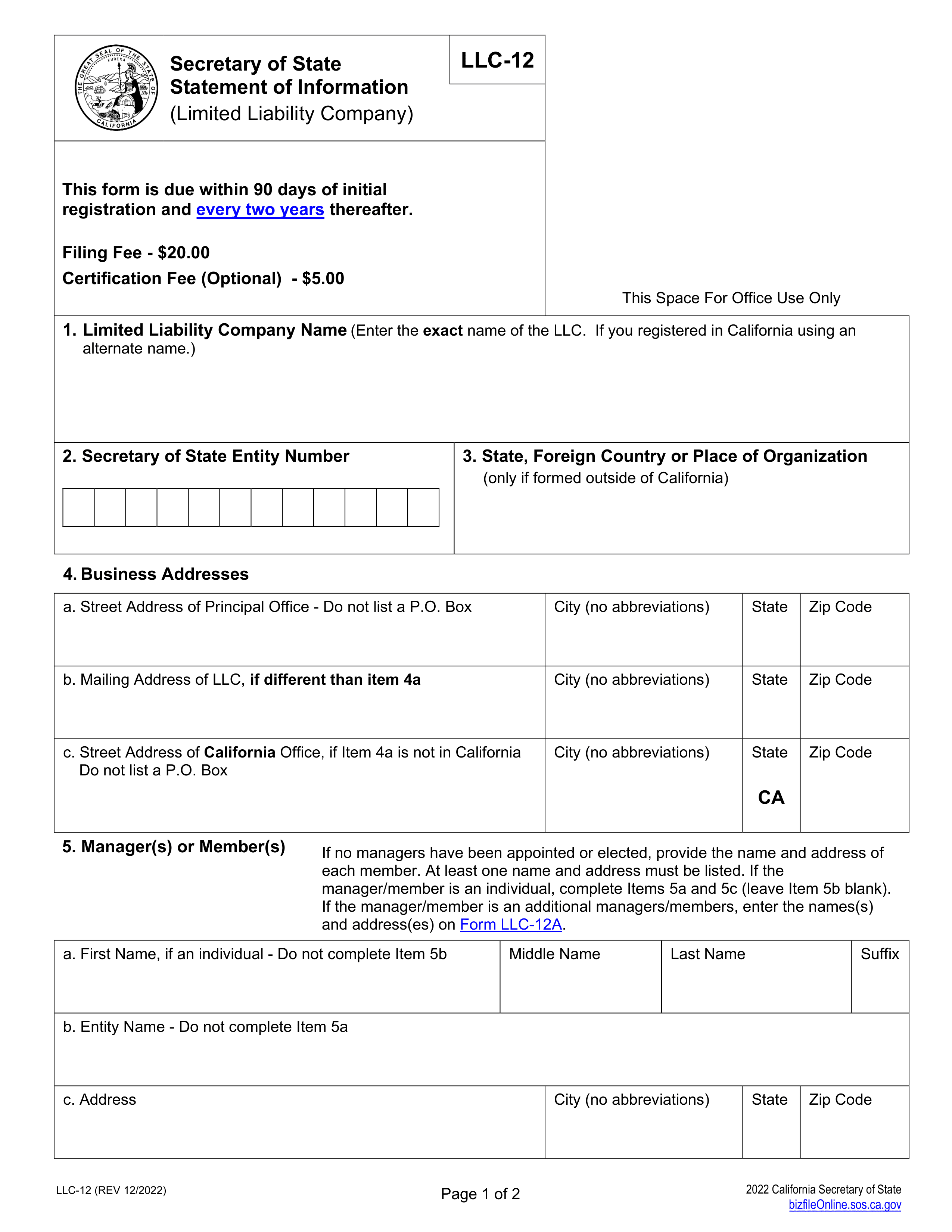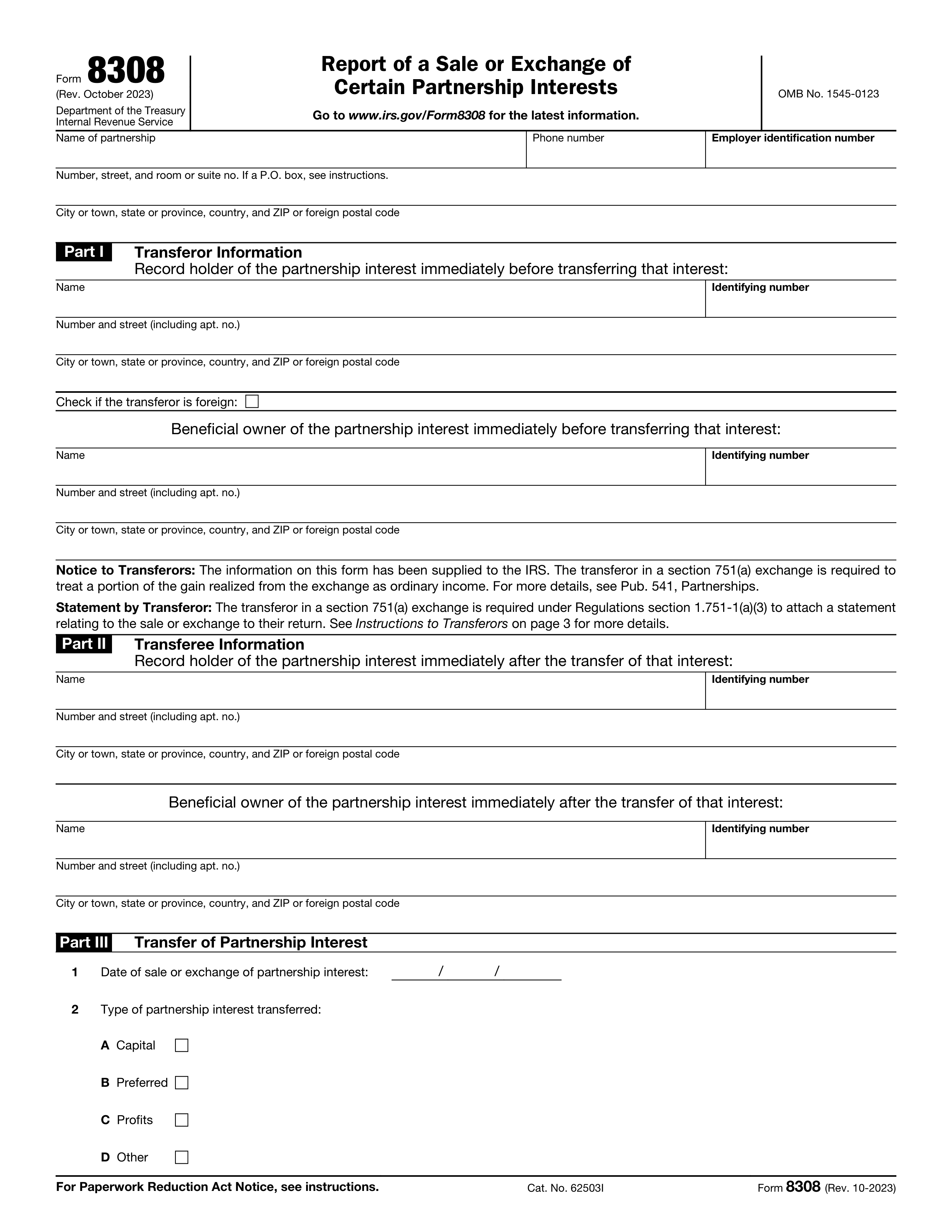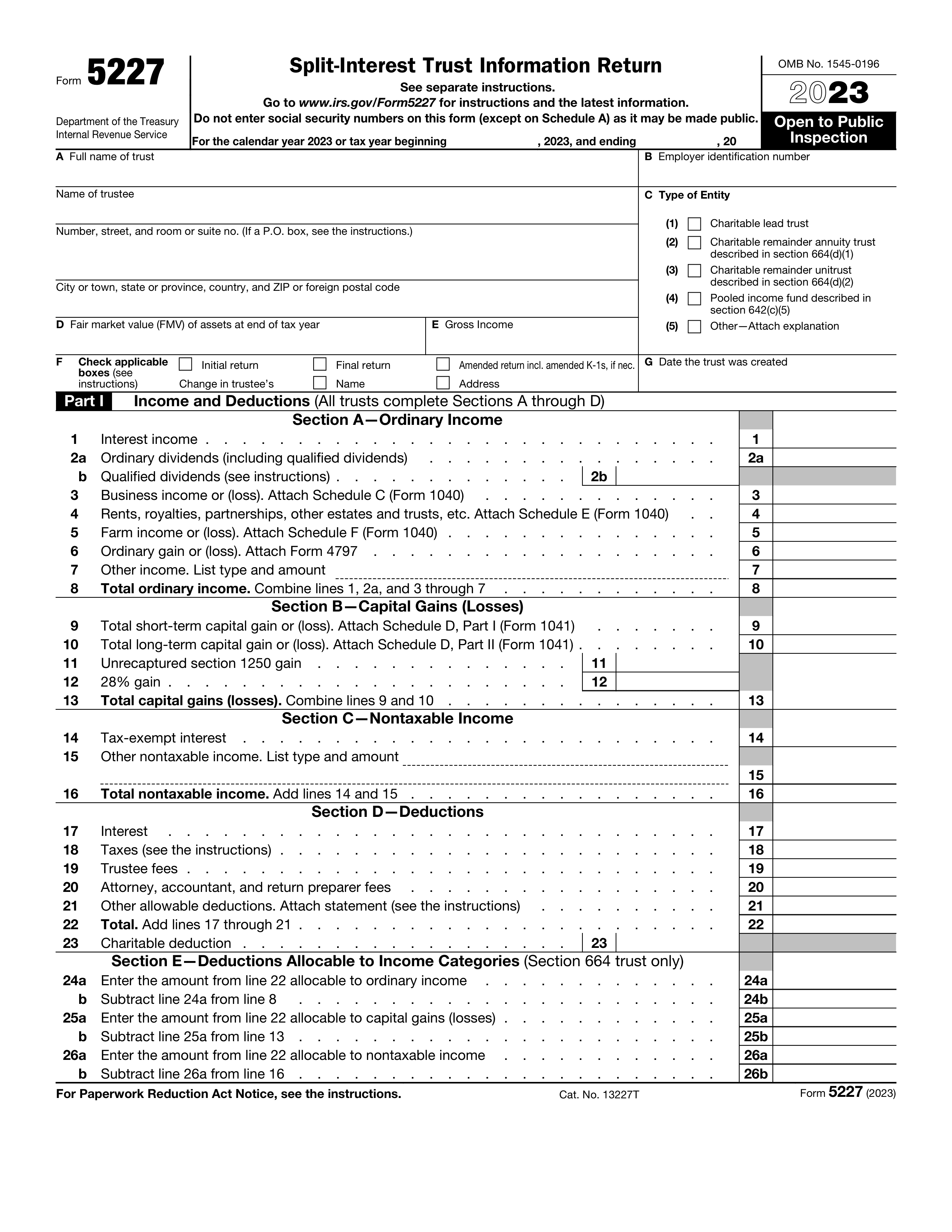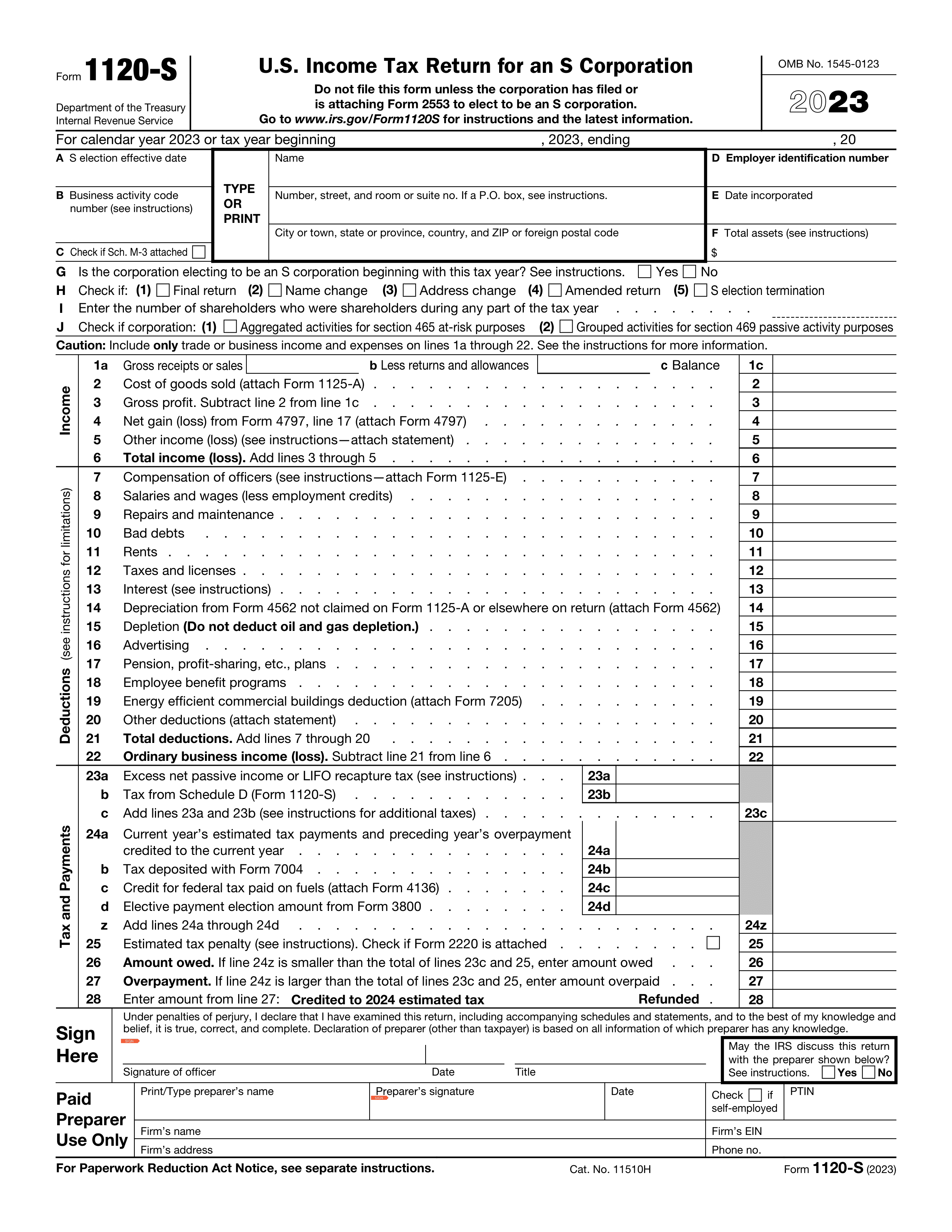What is Form 1041?
Form 1041 is the U.S. Income Tax Return for Estates and Trusts, used by trustees or representatives to report income earned after the original asset owner's death. This form is crucial for ensuring that any taxable income generated by the estate or trust is correctly reported and allocated to beneficiaries. By filing Form 1041, the tax responsibilities are transferred to the beneficiaries, making sure they fulfill their tax obligations on the income they receive from the estate or trust.
What is Form 1041 used for?
Form 1041 is an important tax document for estates and trusts. Here’s what it’s used for:
- Reporting Income: Tracks income generated by the estate or trust after the decedent's death.
- Declaring Deductions: Lists deductions related to managing the estate.
- Tracking Gains and Losses: Monitors gains and losses from the estate's assets.
- Notifying Beneficiaries: Reports income distributed to beneficiaries.
- Compliance with IRS: Ensures adherence to IRS regulations for estates and trusts.
How to fill out Form 1041?
- 1
Identify the type of estate or trust you are dealing with.
- 2
Gather the required information: name of the estate or trust, fiduciary's name and title, address, and employer identification number.
- 3
Check the filing requirements to ensure compliance with income thresholds.
- 4
Report gains and losses using Schedule D for capital assets.
- 5
Include any income that was not included in the decedent’s final tax return.
- 6
Attach Schedules K-1 for each beneficiary if applicable.
- 7
File the completed form by April 15 of the following year.
Who is required to fill out Form 1041?
The groups responsible for completing Form 1041 are the executor, trustee, or personal representative of an estate or trust. They must file if the estate or trust has over $600 in adjusted gross income or if any beneficiary is a nonresident alien.
Beneficiaries use the form to report their share of income, deductions, and credits from the estate or trust. They receive a Schedule K-1, which outlines their distributable net income and relevant financial details for their tax returns.
When is Form 1041 not required?
Form 1041 isn’t required if the estate or trust has no income-producing assets or if its annual gross income is less than $600. However, if any beneficiary is a nonresident alien, you must file the form, regardless of income amount.
When is Form 1041 due?
The deadline for Form 1041 is the 15th day of the fourth month after the end of the estate's or trust's tax year. For example, if the tax year ends on December 31, the due date is April 15 of the following year. If more time is needed, you can request an automatic 5½-month extension by filing Form 7004.
How to get a blank Form 1041?
To get a blank Form 1041, simply visit our website. The Internal Revenue Service issues this form, and we have a blank version ready for you to fill out in our editor. Remember, our platform helps you fill and download forms, but not file them.
How to sign Form 1041?
To sign Form 1041, you can use a handwritten signature. For electronic filing, the fiduciary must follow IRS e-file signature procedures, which may involve using a PIN or other IRS-approved electronic signature method. After filling out the form, download it for your records. Remember to check for the latest updates to ensure compliance with IRS requirements. Note that PDF Guru does not support form submission.
Where to file Form 1041?
To submit Form 1041, you can file it by mail or online with the IRS. When mailing, the address differs based on whether you include a payment.
For online filing, visit the IRS website for guidance and the most current details on the process. Make sure all information is accurate before you submit.

